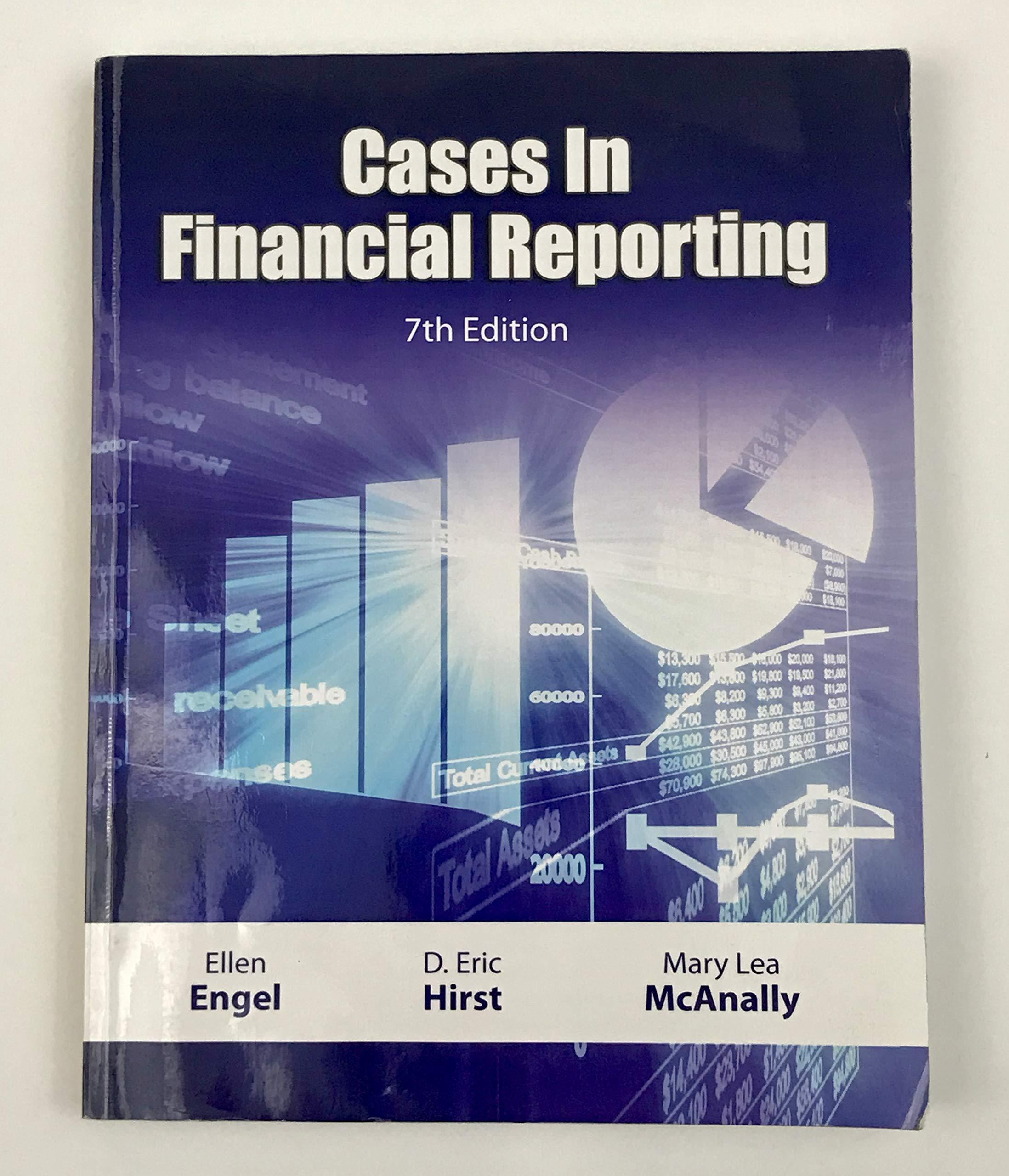Question
32.) You have saved $1,200 for a used motorcycle that has a current price of $1,500. If your money is sitting in an account earning
32.) You have saved $1,200 for a used motorcycle that has a current price of $1,500. If your money is sitting in an account earning 2.50% per year, how long will it take for this account to grow to $1,500? Note: The motorcycle's price may have changed by the time your account reaches a value of $1,500.
A) 9.04 months
B) 9.04 years
C) 4.25 years
D) 4.25 months
33.) Which of the following is NOT a category for rating classifications of bonds?
A) Investment grade bonds
B) American grade bonds
C) Extremely speculative grade bonds
D) Speculative grade bonds
34.) You wish to make a substantial down payment on a lake cottage and you currently have $18,325 invested at an annual rate of 4.75%. How much money will be in the account in 2.5 years if it continues to earn at its present rate?
A) $18,325
B) $19,464
C) $20,579
D) $20,605
35.) Which of the choices below is FALSE?
A) When issuing a putable bond, the firm anticipates that interest rates will rise over the life of the bond.
B) When issuing a callable bond, the firm anticipates that interest rates will fall over the life of the bond.
C) When issuing a callable bond, the firm anticipates that interest rates will rise over the life of the bond.
D) A putable bond is essentially the reverse of a callable bond.
36.) Which of the following types of bonds may the issuer buy back before maturity?
A) Callable bond
B) Putable bond
C) Convertible bond
D) Zero-coupon bond
37.) ________ may be defined as a measure of uncertainty in a set of potential outcomes for an event in which there is a chance for some loss.
A) Diversification
B) Risk
C) Uncertainty
D) Collaboration
38.) Which of the following statements is FALSE?
A) The maximum benefits to diversification between securities occur when they are perfectly positively correlated.
B) The maximum benefits to diversification between securities occur when they are perfectly negatively correlated.
C) There is some benefit to diversification when the correlation between securities is 0.0.
D) There is some benefit to diversification when the correlation between securities is greater than 0.0 but less than 1.0.
39.) Treasury ________ and ________ are semiannual bonds, while Treasury ________ are zero-coupon instruments.
A) bills; bonds; notes
B) notes; bills; bonds
C) notes; bonds; bills
D) bonds; bills; notes
40.) ________ is risk that cannot be diversified away.
A) Unsystematic risk
B) Systematic risk
C) Firm-specific risk
D) Diversifiable risk
41.) The measure of systematic risk is called ________.
A) correlation
B) covariance
C) variance
D) beta
42.) The ________ is the intercept on the Security Market Line.
A) prime rate
B) risk-free rate
C) market rate of return
D) beta
43.) Operating Cash Flow (OCF) is equal to what?
A) EBIT - Depreciation + Taxes
B) EBIT + Depreciation - Taxes
C) EBIT - Depreciation - Taxes
D) EBIT + Depreciation + Taxes
44.) Which of the statements below is FALSE?
A) A part of the default premium has to do with the frequency of default by the borrower.
B) For the home loan, the collateral (the house) is an asset that will increase in value over time (in general), compared with a car loan in which the collateral (the car) decreases in value over time.
C) With a car, the potential loss due to default is less than a house because the growing value of the asset should be sufficient to cover the outstanding balance (principal) of the loan.
D) A personal credit card essentially has no collateral, so the potential loss is even higher if the customer defaults on his or her credit card payments.
45.) Whenever a new product competes against a company's already existing products and reduces the sales of those products, ________ occur.
A) erosion costs
B) opportunity costs
C) sunk costs
D) working capital costs
46.) ________ is the process of "expiring" the cost of a long-term tangible asset over its useful life.
A) Expiration
B) Depreciation
C) Economic recovery
D) Salvaging
Step by Step Solution
There are 3 Steps involved in it
Step: 1

Get Instant Access to Expert-Tailored Solutions
See step-by-step solutions with expert insights and AI powered tools for academic success
Step: 2

Step: 3

Ace Your Homework with AI
Get the answers you need in no time with our AI-driven, step-by-step assistance
Get Started


